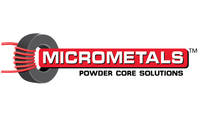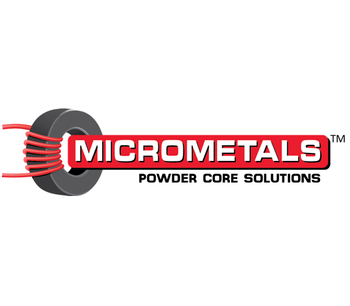
Custom geometries solutions for public transportation industry - Aerospace & Air Transport
Public transportation such as commuter and rapid transit trains, trams, and busses may derive primary power from a high voltage AC (up to 25kV/60Hz) or DC (600-1500VDC) power line in the form of an overhead line or a third rail. High Voltage AC line power is first stepped down and rectified to produce DC. Power from a high voltage DC link is then converted to 3-phase AC power for powering traction motors and auxiliary AC power for powering equipment such as air-conditioning compressors or fans. Further rectification and DC-DC conversion or power factor correction provide power for DC loads such as for battery charging, lighting and instrumentation. Electrically powered public transportation affords zero-emission operation particularly advantageous when traversing long tunnels or within busy city centers. Battery power may be used for traction within select lines or city routes to avoid overhead lines.
-
Most popular related searches
Overview Applications & Industries Served
Typical applications with Inductor components include:
- AC Inductor – DC-AC Inverter Traction Motor, Output Filter
- AC Inductor – DC-AC Inverter Auxiliary AC, Output Filter
- Power Factor Correction Inductor – AC-DC Converter, Battery Charging
- DC Inductor – DC-DC Converter
- DC-AC Inverter, Tractor Motor, Output Filter Inductor
- AC Inductor with ripple (f1=60Hz, f2=4kHz, Irms?L?Iripple?)
- DC-AC Inverter, Auxiliary AC Power, Output Filter Inductor
- Power Factor Boost Inductor
- PFC Inductor (240V/480Vin/400VDCout)
- DC-DC Converter, Power Inductor
- DC Inductor (400VDC-
Applications within public transportation require high reliability that meets standards for vibration, wide operating temperature range, size/weight limits and noise limits,
EN 51055: Railway Applications. Rolling Stock. Electronic Equipment
EN 61287-1: Railway Applications. Power Converters installed on board rolling stock. Characteristics and test methods.


